Holmes Institute: AI and Robotics' Effect on Job Performance - Report
VerifiedAdded on 2023/03/17
|9
|735
|85
Report
AI Summary
This report examines the multifaceted impact of Artificial Intelligence (AI) and Robotics on various professions, focusing on performance management and the future of work. It highlights the increasing efficiency and prospects AI and robotics bring to sectors like aviation, healthcare, and disaster management, while also addressing the resulting challenges to human employment. The report analyzes the specific effects on doctors, construction workers, and teachers, considering factors such as job displacement, the need for human oversight, and the potential for AI to enhance or replace certain tasks. It emphasizes the importance of government policies, skill development programs, and the need for individuals to adapt and co-exist with machines. The report concludes with a call for a balanced approach to integrate AI and robotics into the workforce effectively.
1 out of 9
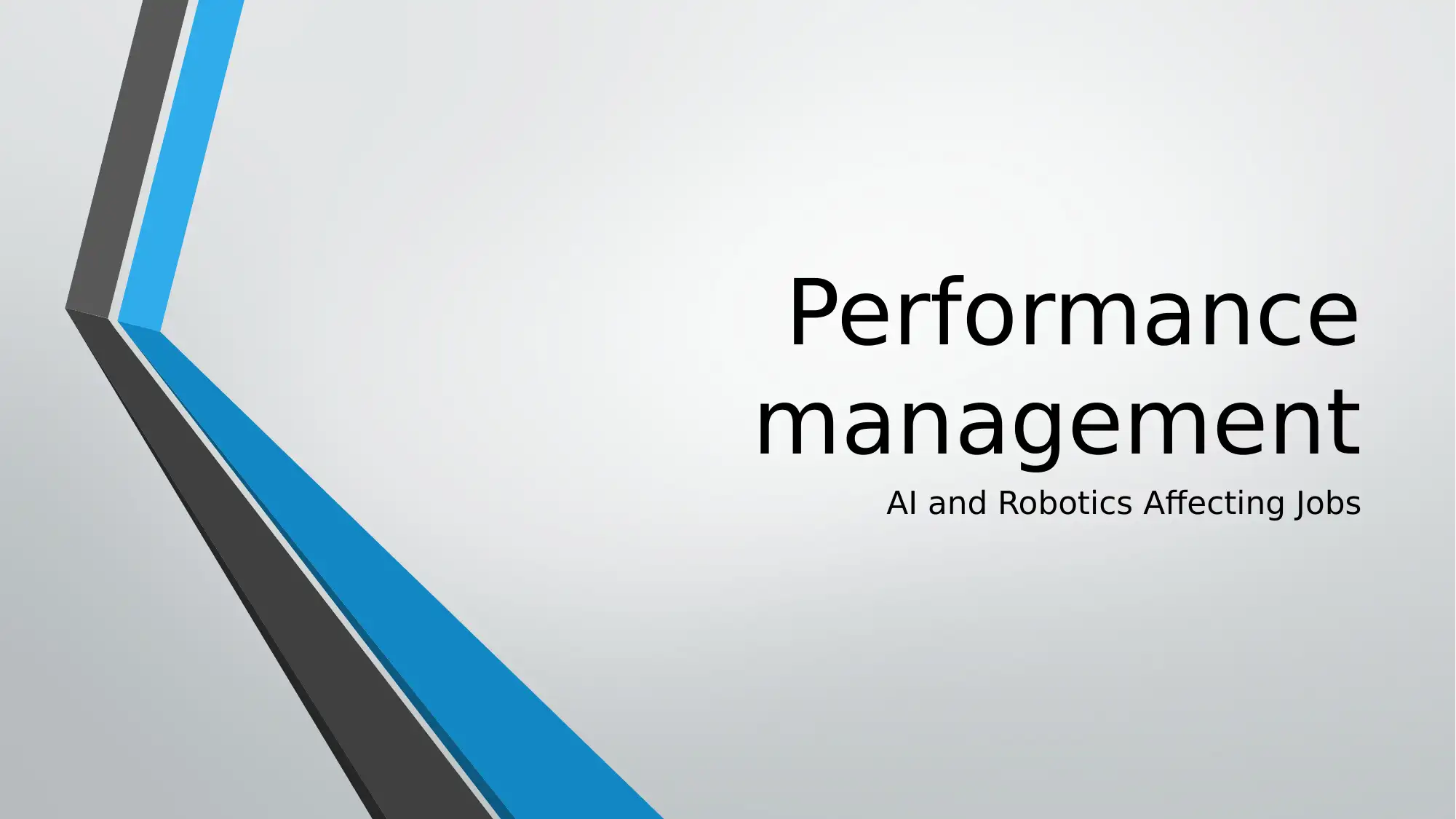
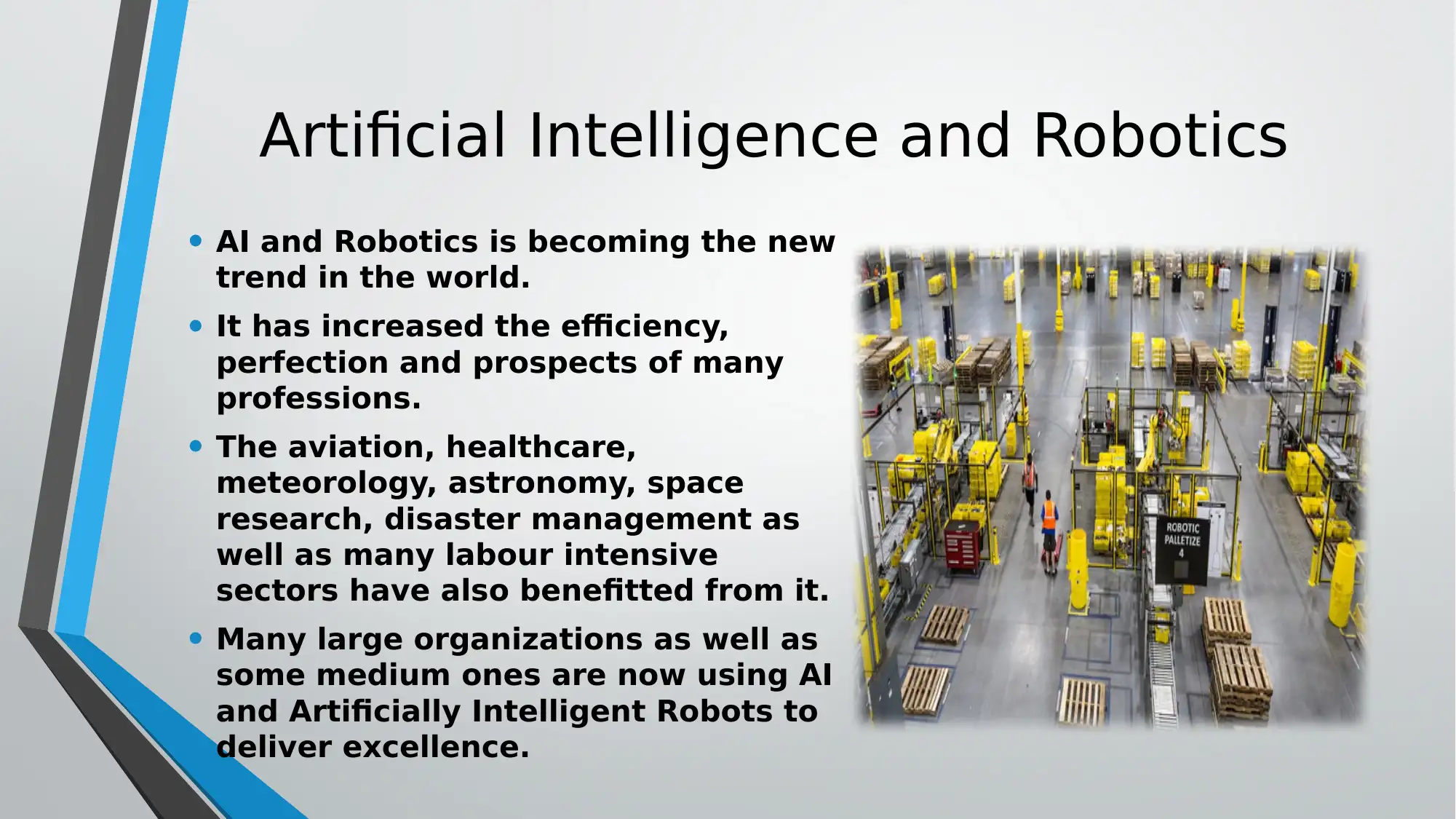
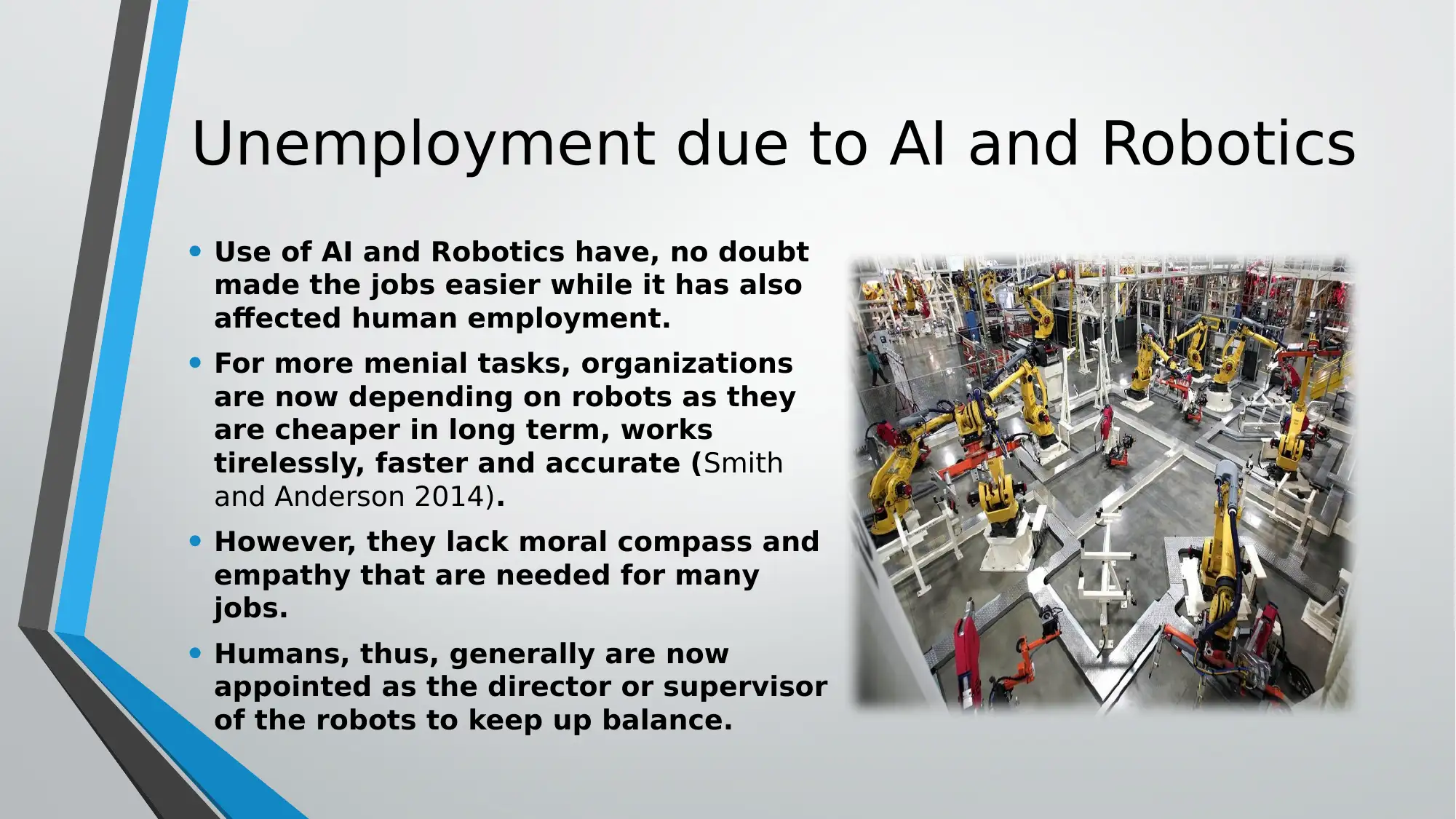

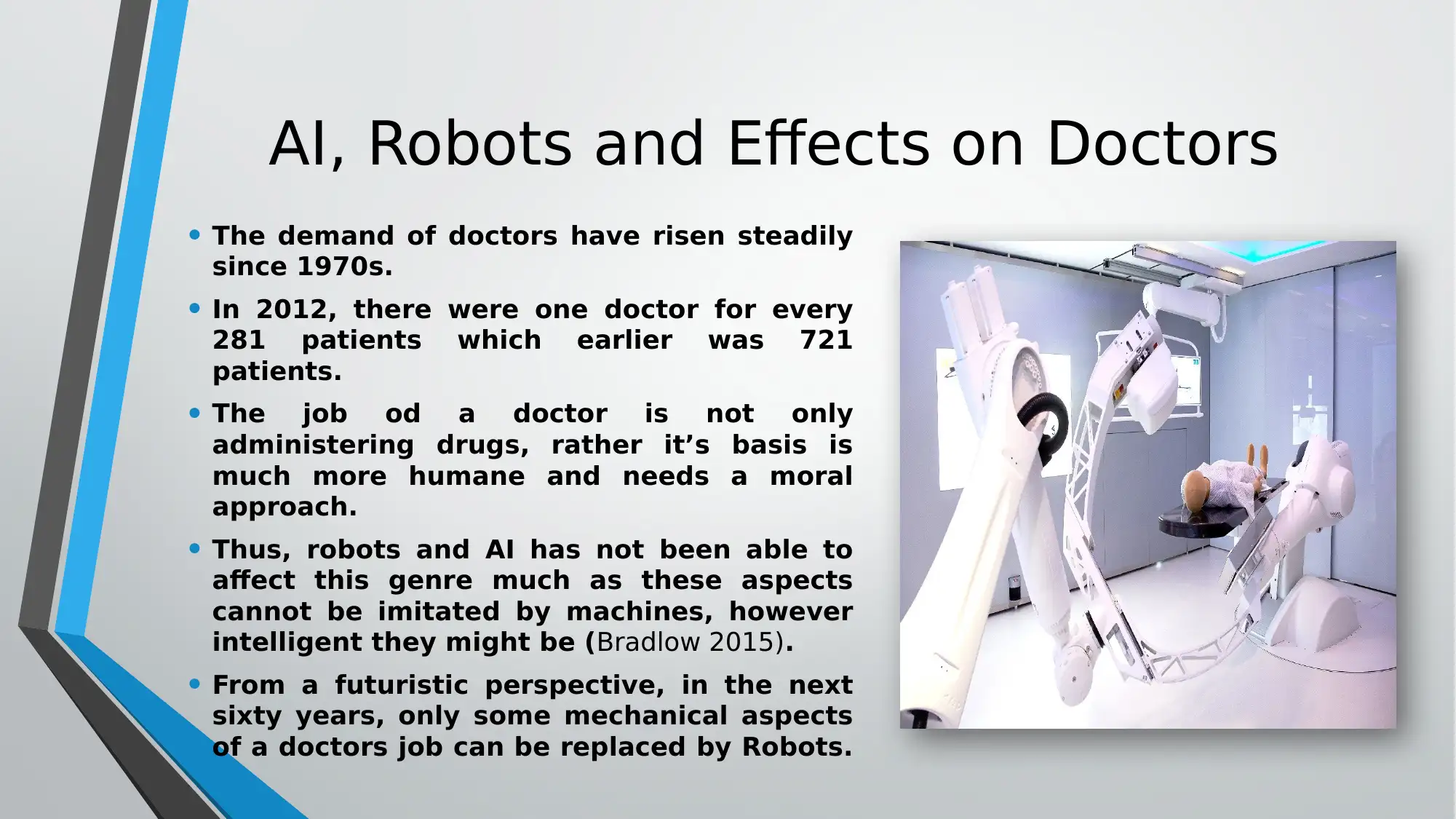
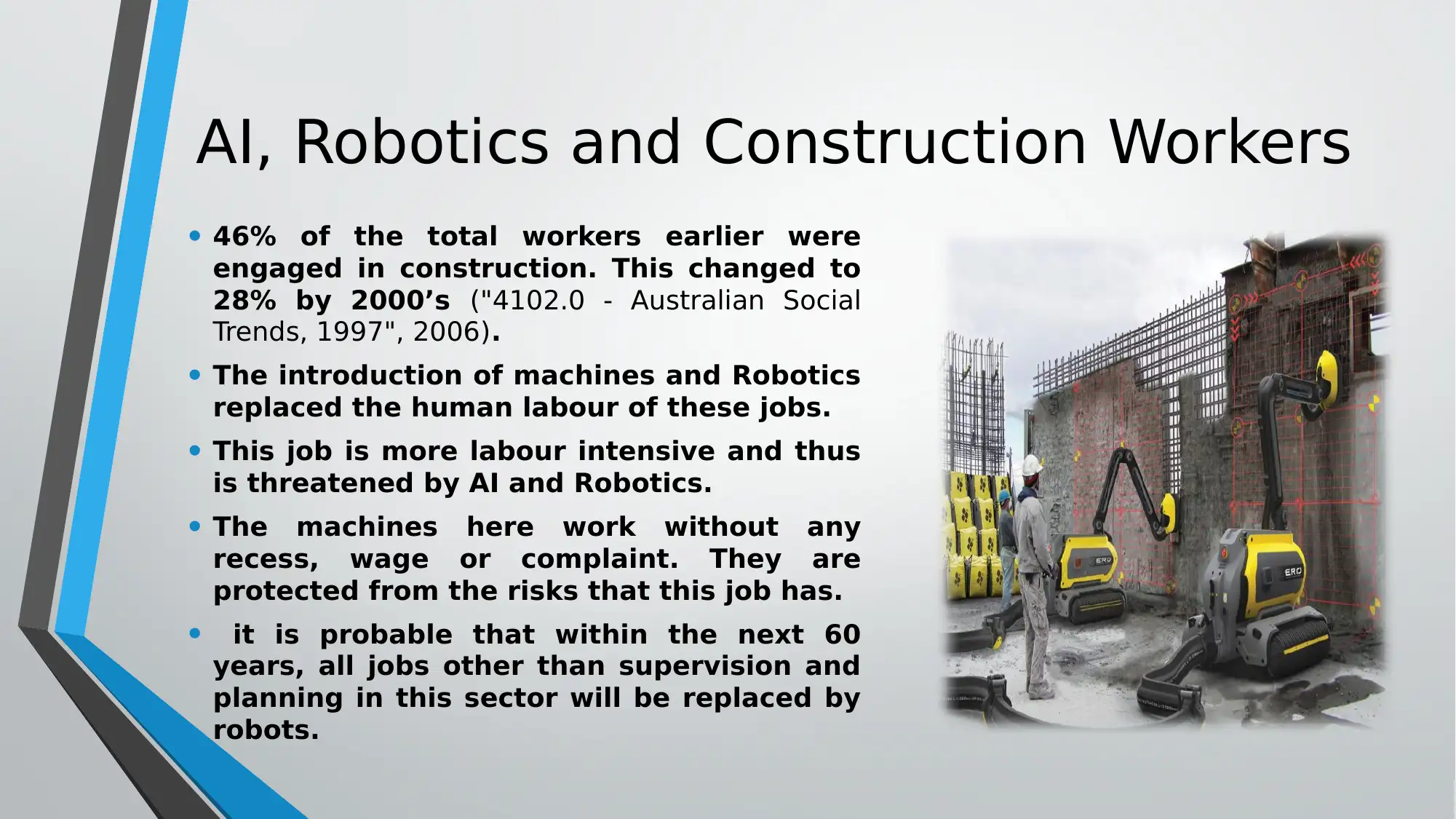
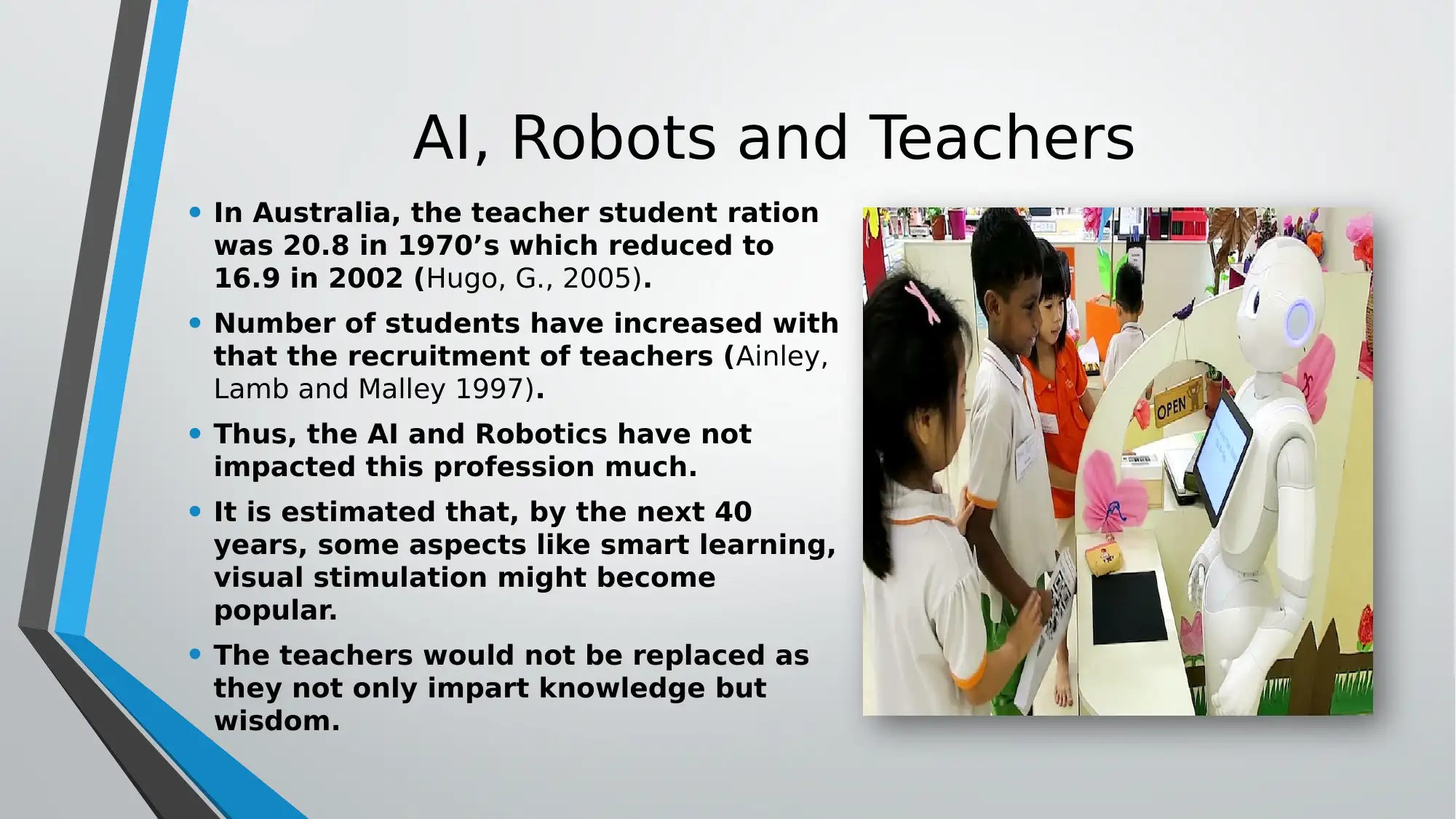
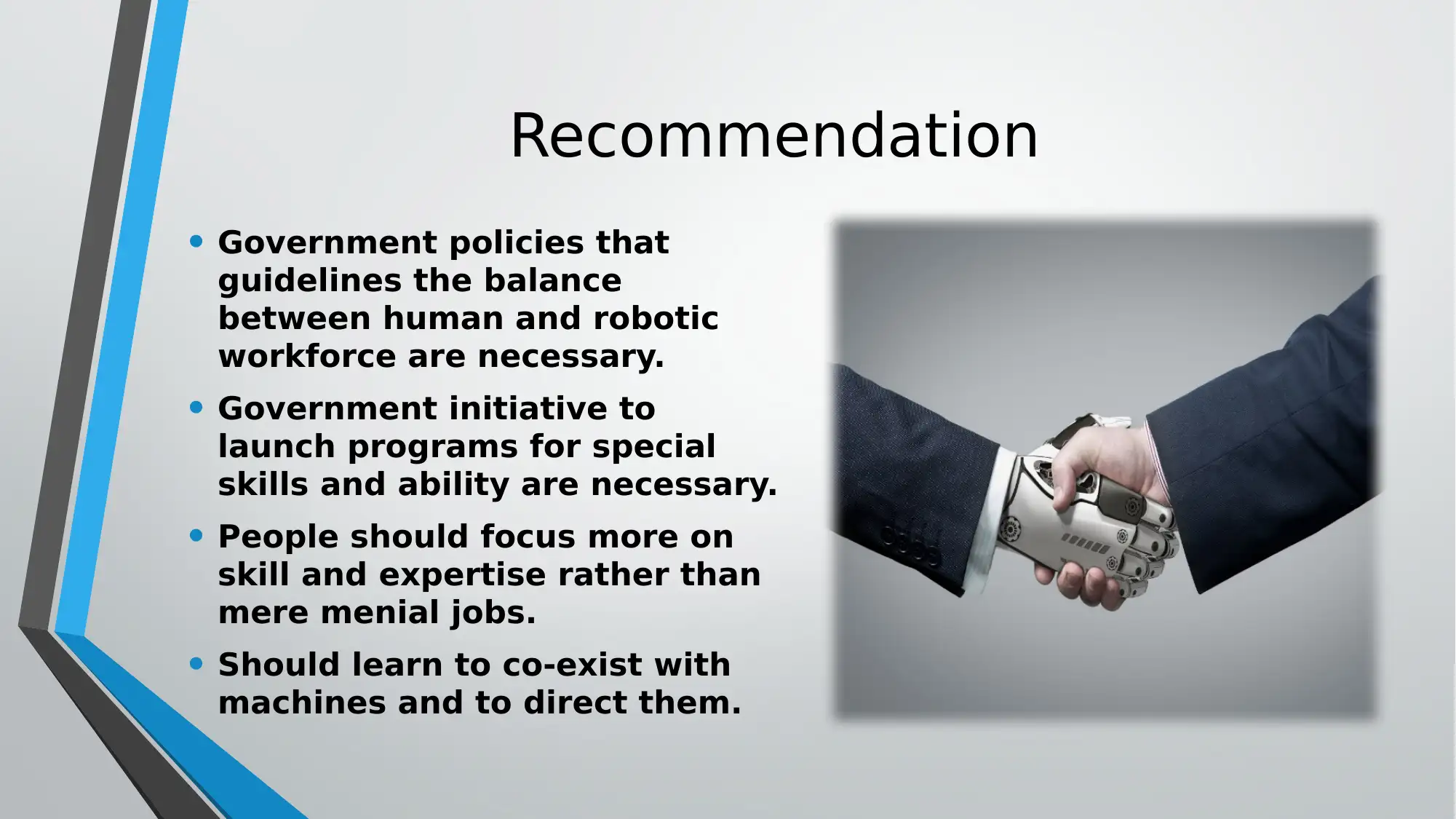
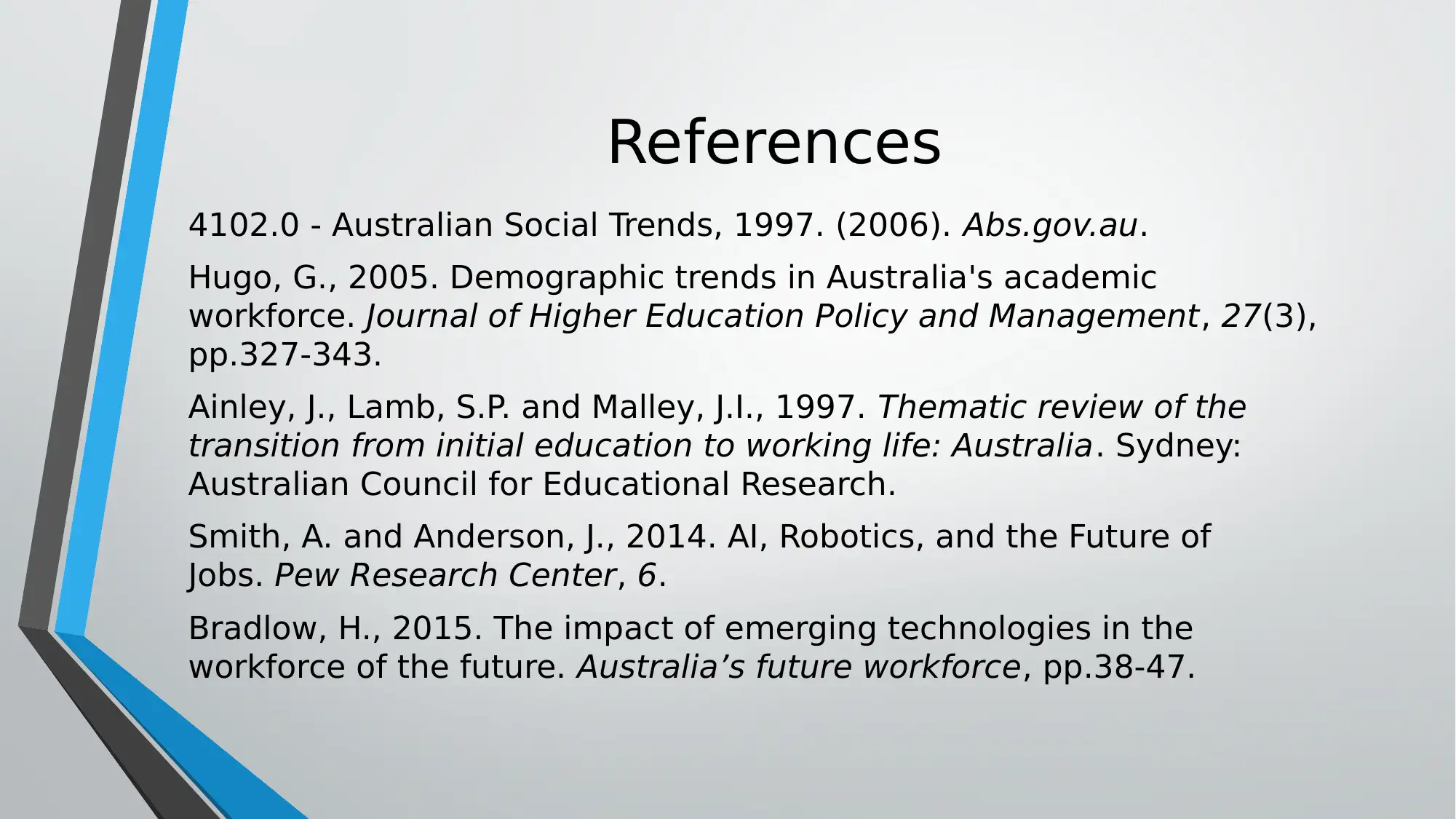







![[object Object]](/_next/static/media/star-bottom.7253800d.svg)